Michigan museum preserves Civil Rights artifacts amid federal efforts to downplay Black history
Share
Explore Our Galleries
Breaking News!
Today's news and culture by Black and other reporters in the Black and mainstream media.
Ways to Support ABHM?
Corey Williams, Associated Press
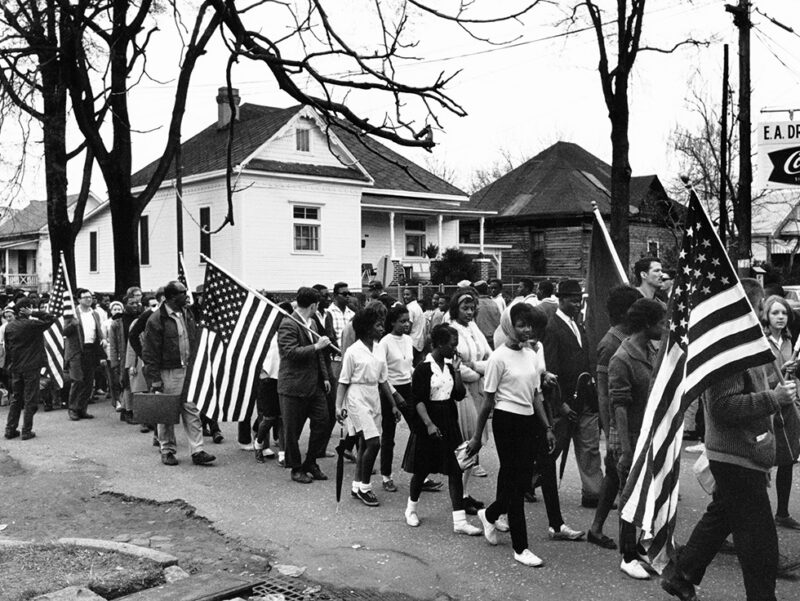
Dearborn, Mich. — Brick by brick, beam by beam and shingle by shingle, a house where the Rev. Martin Luther King Jr. and others planned marches in support of Black voting rights in the Deep South has been trucked from Alabama to a museum near Detroit.
The intricate operation to move and preserve the Jackson Home and other artifacts from the Civil Rights era preceded President Donald Trump’s efforts to eradicate what he calls “divisive” and “race-centered ideologies,” and minimize the cultural and historical impact of race, racism and Black Americans.
Trump’s purges have sought to remove all reference to diversity, equity and inclusion from the federal government and workforce, and many private companies have followed suit. The establishments that house some of the most important reminders of African American history — including the Smithsonian Institution in Washington, D.C. — have come under particular pressure.
The chief executive of the Henry Ford, the new location of the Jackson Home, insists the museum has no political agenda.
“The Henry Ford’s work is focusing on good, factual public history,” Patricia Mooradian told The Associated Press.
The Jackson Home
King was often at the home of Dr. Sullivan and Richie Jean Jackson in Selma, Alabama, during the pivotal years of the Civil Rights Movement in the early ’60s. It was within the walls of the 3,000-square-foot (280-square-meter) bungalow that King and others strategized a series of peaceful marches from Selma to the state capital, Montgomery, that helped usher in the Voting Rights Act of 1965.
Learn how the home became a museum. Explore the Jackson Home Museum.
ABHM will always honor Black history, in the physical museum and virtual exhibits.

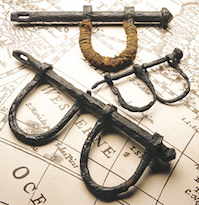
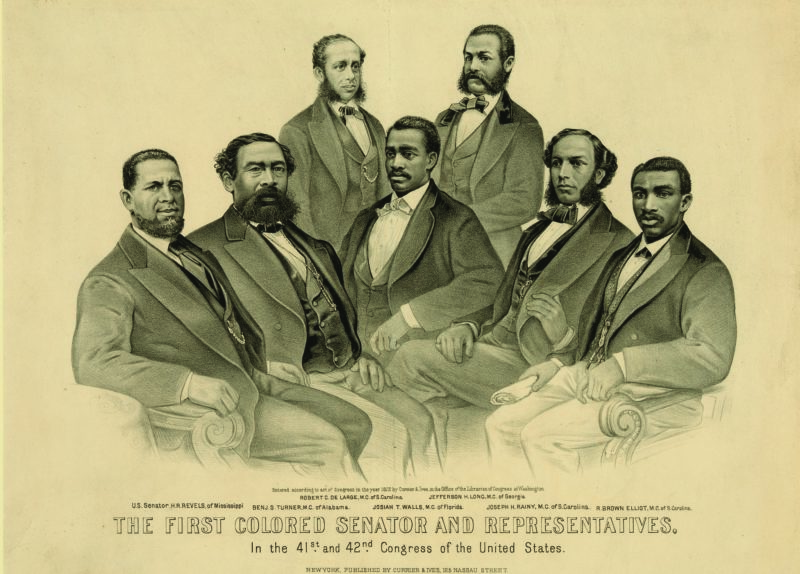
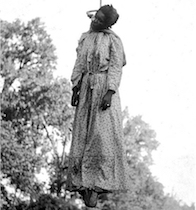


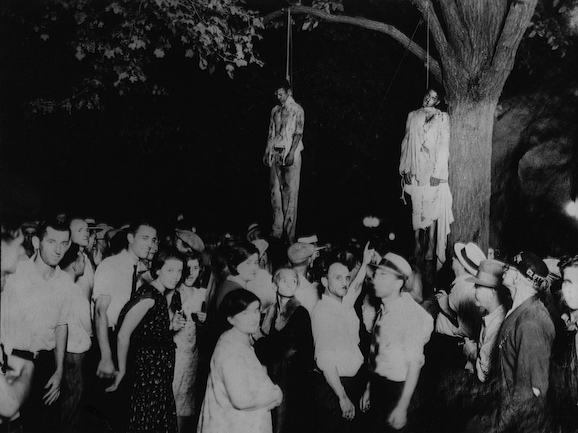

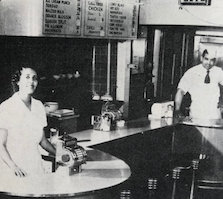
Comments Are Welcome
Note: We moderate submissions in order to create a space for meaningful dialogue, a space where museum visitors – adults and youth –– can exchange informed, thoughtful, and relevant comments that add value to our exhibits.
Racial slurs, personal attacks, obscenity, profanity, and SHOUTING do not meet the above standard. Such comments are posted in the exhibit Hateful Speech. Commercial promotions, impersonations, and incoherent comments likewise fail to meet our goals, so will not be posted. Submissions longer than 120 words will be shortened.
See our full Comments Policy here.